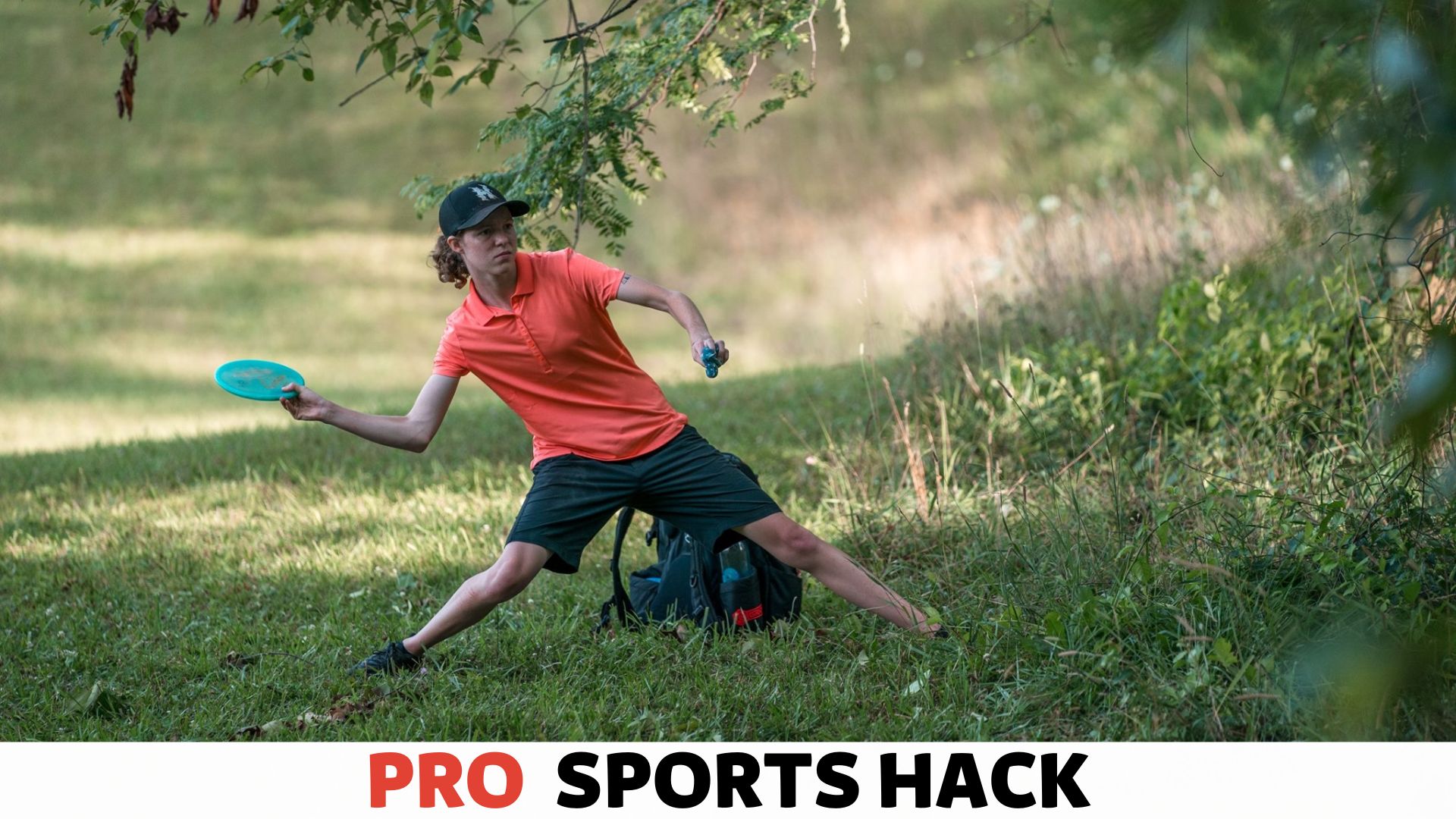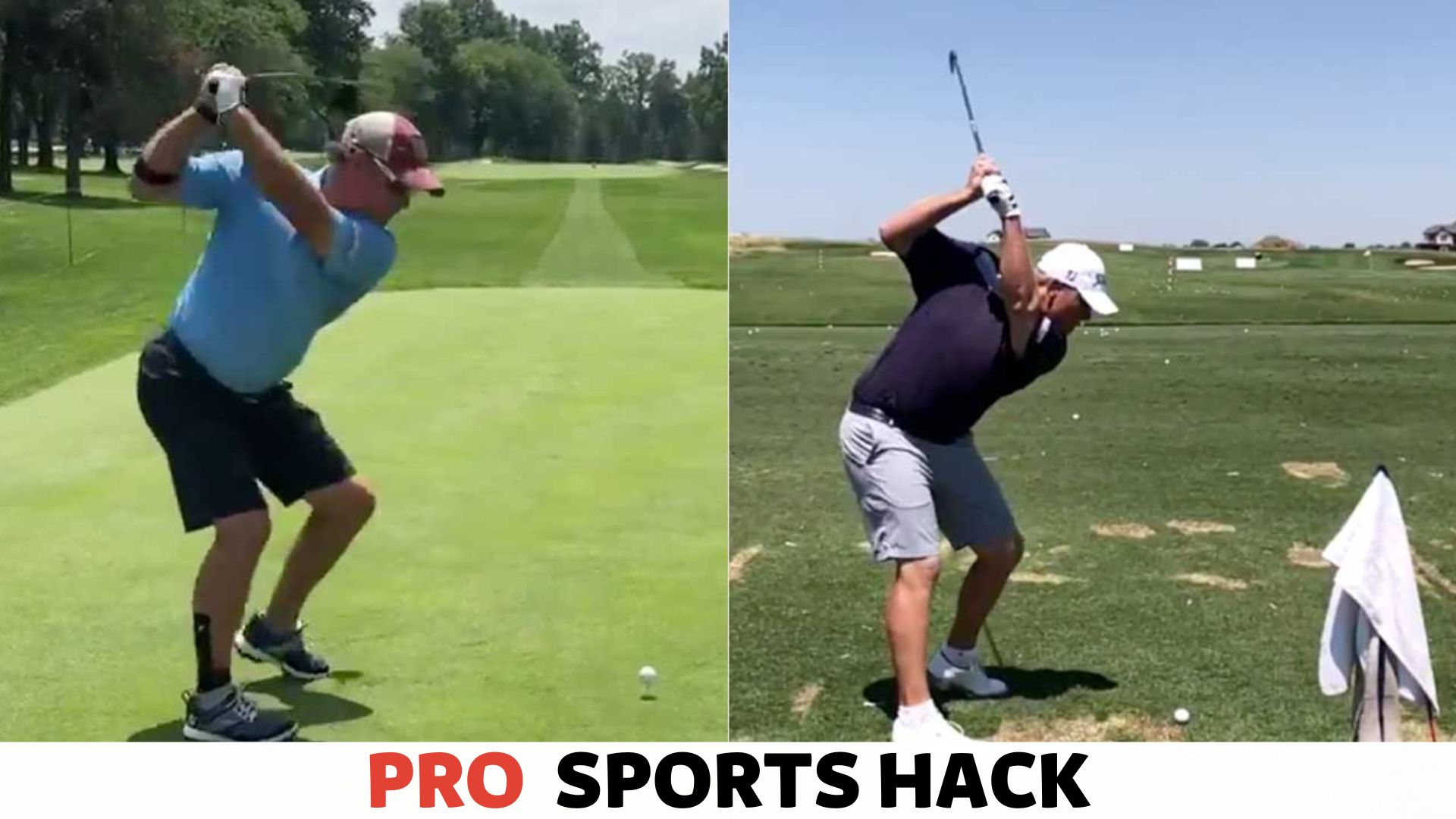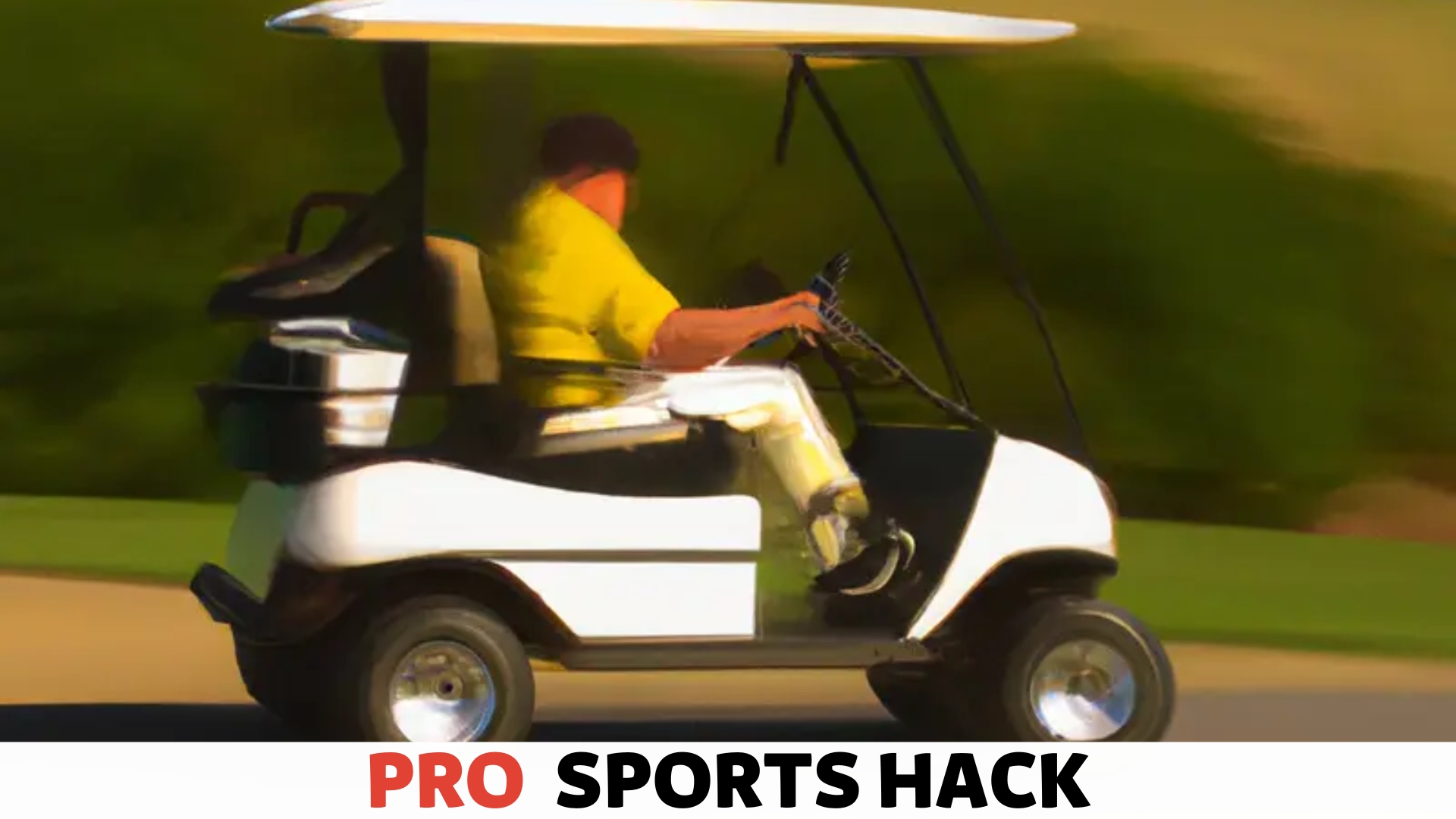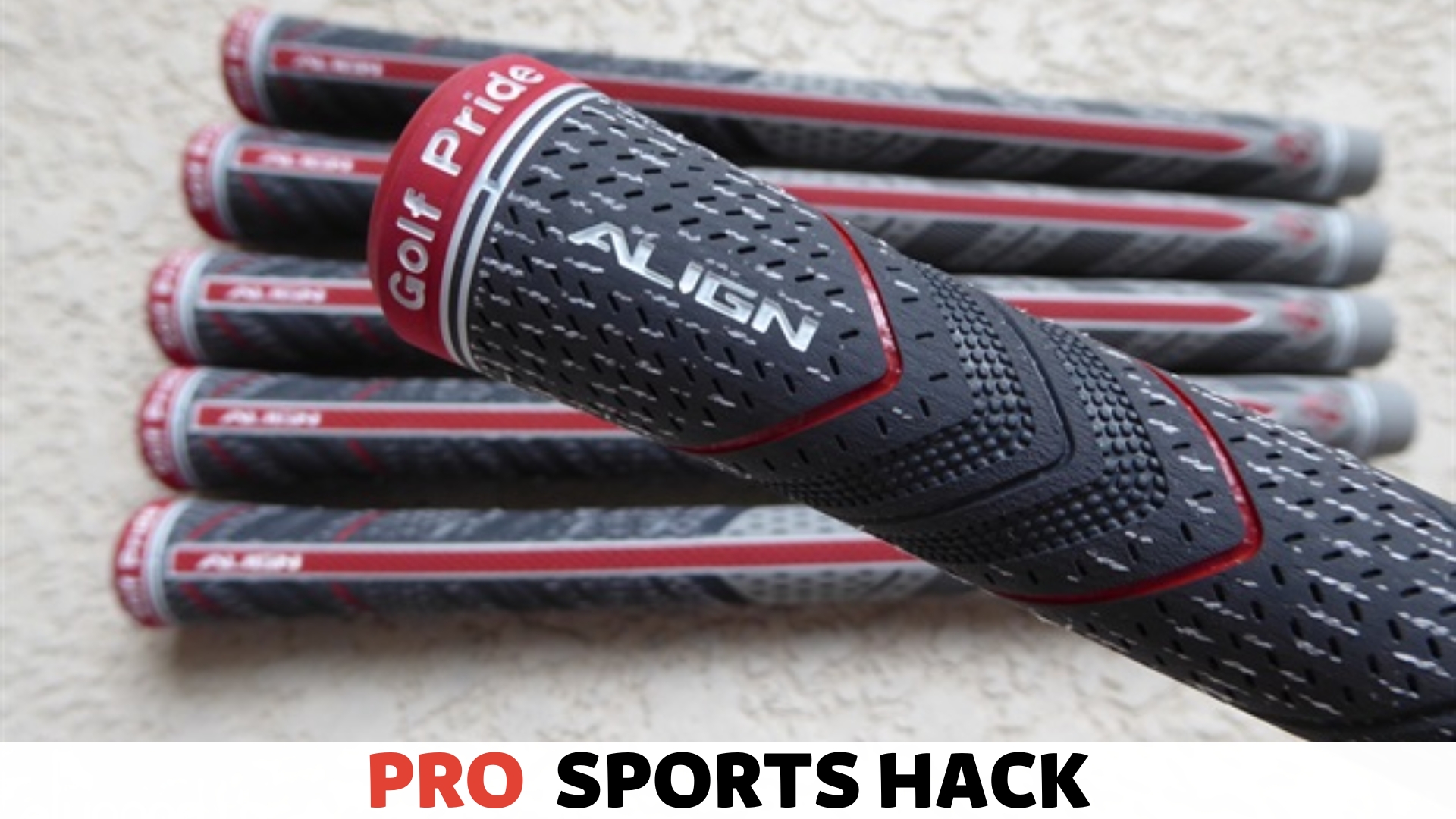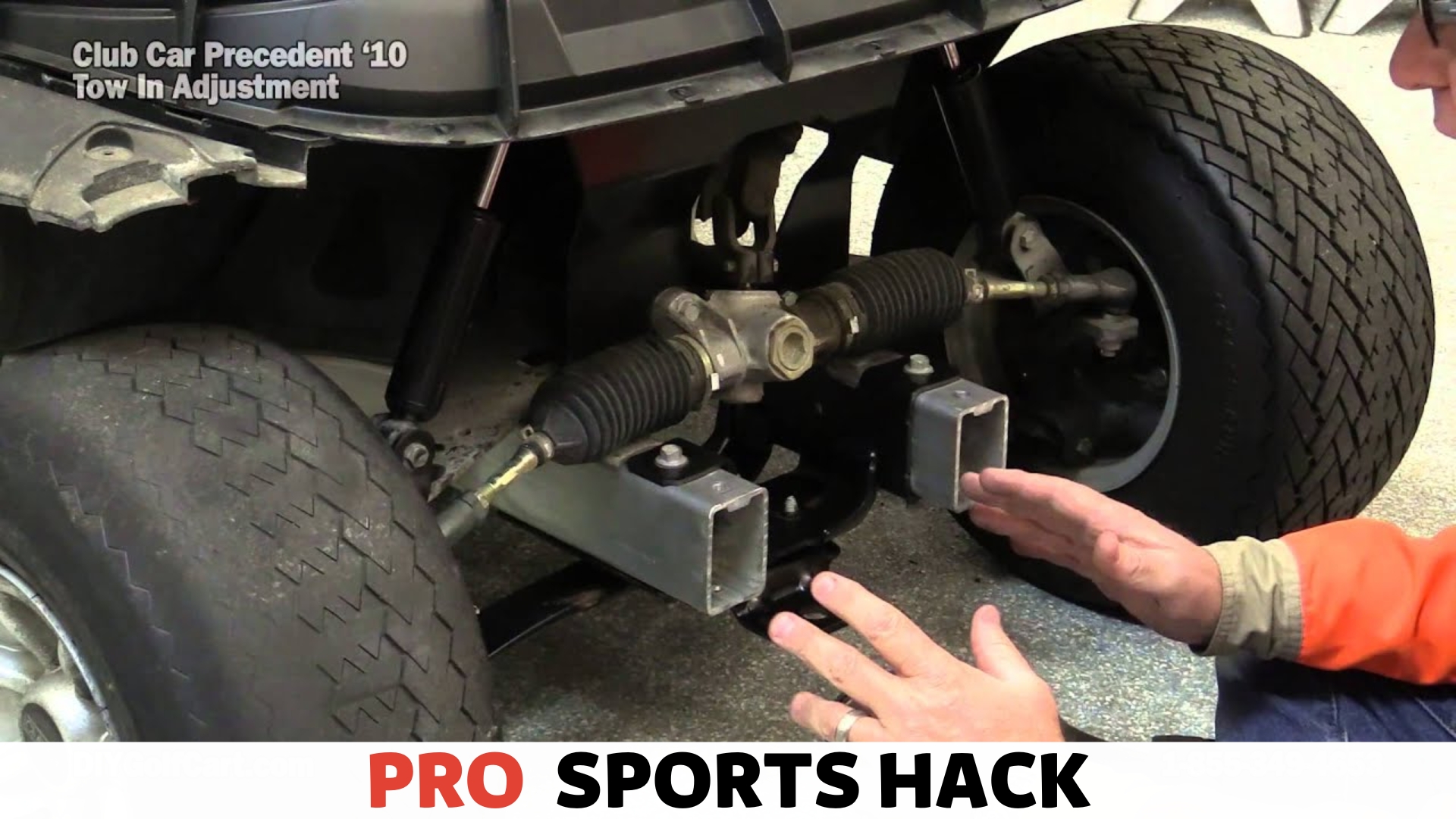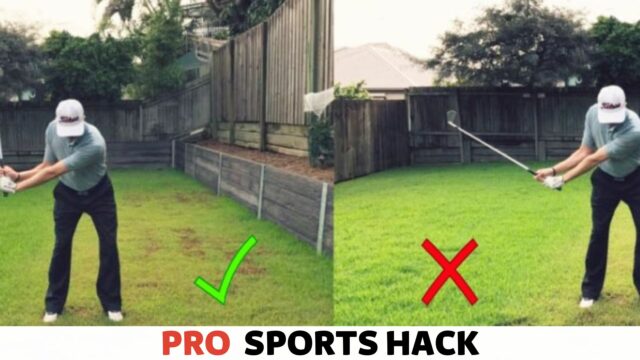
Casting in golf refers to a faulty swing technique where the wrists release prematurely, losing power and control. It is a common mistake among amateur golfers.
In golf, the casting motion happens when a player starts the downswing by throwing the clubhead outward towards the target prematurely instead of maintaining lag and allowing the club to release at impact naturally.
This early release of the wrists causes the clubhead to lose speed and control, resulting in less distance and accuracy in the shot.
While it can be challenging to correct, understanding the concept of casting and working on proper swing mechanics can help golfers improve their performance on the course.
What is Casting in Golf?
When it comes to the golf swing, proper technique and form are essential for success. One fundamental aspect that every golfer needs to understand is casting.
Casting in golf refers to the premature release of the wrists during the downswing, causing the clubhead to ‘cast’ or ‘throw’ the ball. This action often leads to inconsistencies in the swing, resulting in a loss of power, accuracy, and distance.
Definition and Explanation of Casting
In simple terms, casting in golf occurs when a golfer loses the angle between the lead wrist and the club shaft before impact, resulting in a weak and uncontrolled strike.
Instead of maintaining the lag generated during the backswing, the wrists are prematurely released, leading to a less efficient energy transfer to the ball.
When a golfer casts the club, the result is often an early release of power and a loss of control. The clubhead reaches its maximum speed before reaching the golf ball, resulting in a weak strike that lacks distance and accuracy.
A visual representation of casting can be seen in the ‘casting motion,’ where the golfer’s arms extend too early during the downswing rather than maintaining a powerful lag position.
While discussing the common mistakes in golf, such as casting, it’s also important to consider the basics of equipment management. By referring to ‘A Golfer’s Guide to Optimal Golf Bag Club Placement,’ golfers can ensure their clubs are arranged efficiently for quick selection and improved course management.
Impact on Golf Swing
The impact of casting on the golf swing is significant, affecting every aspect of a golfer’s game. When a golfer casts the club, several detrimental effects occur:
- Loss of Power: Casting reduces the golfer’s ability to generate maximum power due to the early release of the wrists. This premature release wastes energy, leaving the golfer with an underpowered shot.
- Loss of Accuracy: The lack of control caused by casting often results in wayward shots. Golfers will struggle to hit their intended target consistently without properly squaring the clubface at impact.
- Decreased Distance: Casting robs golfers of the potential distance that can be achieved through a proper release and energy transfer. This results in shorter shots that may require additional strokes to reach the green.
- Inconsistent Ball Striking: When a golfer casts the club, the point of impact on the clubface becomes less predictable. This inconsistency leads to variations in ball flight, making it difficult to strike the ball cleanly consistently.
Overall, casting in golf is a common issue that golfers of all levels face. Understanding its definition and impact on the golf swing is crucial for golfers looking to improve their game.
By correcting casting and maintaining a proper wrist position throughout the swing, golfers can achieve more power, accuracy, and distance on every shot.
Common Mistakes Leading to Casting
Lack of Proper Wrist Action
One of the most common mistakes leading to golf casting is the lack of proper wrist action. When the wrists are not properly utilized throughout the swing, it can result in inefficient power transfer and loss of control.
Golfers may struggle to generate clubhead speed and end up costing the club on the downswing, leading to inconsistent ball striking and a loss of distance.
Early Release of the Club
Another prevalent mistake that causes casting is the early release of the club. When the club is released prematurely on the downswing, the angle between the lead arm and the club shaft diminishes, leading to a loss of leverage and acceleration.
This premature release can result in a weak impact position, contributing to mishits and a lack of distance.
Inefficient Weight Transfer
An inefficient weight transfer is also a factor that can lead to casting in golf.
When the weight is not properly shifted from the back foot to the front foot during the swing, it can disrupt the sequencing of the swing and cause the club to be thrown from the top.
This can result in a lack of power and consistency, affecting the quality of the ball strike.
Effects of Casting on Golf Performance
How a golfer swings the club can significantly impact their overall performance on the course. One such swing flaw that can have negative effects on a golfer’s game is casting.
Casting refers to the premature release of the club during the downswing, causing a loss of power, inconsistent ball striking, and decreased accuracy and control.
Understanding the effects of casting on golf performance is crucial for players looking to improve their game and maximize their potential.
Loss of Power and Distance
Casting in golf can lead to a significant loss of power and distance in a player’s shots. When a golfer casts the club, the wrists unhinge early in the downswing, leading to an inefficient energy transfer from the body to the clubhead.
This premature release of the club results in a lack of lag and acceleration, reducing the amount of power generated through impact.
As a result, the golfer’s shots tend to be shorter and lack the necessary distance to reach their desired targets.
Inconsistent Ball Striking
Another negative effect of casting in golf is the inconsistency in ball striking. By releasing the club early, a golfer loses the ability to maintain control over the clubhead throughout the swing.
This lack of control often leads to an inconsistent strike on the ball, resulting in shots that vary in direction, trajectory, and contact.
Golfers may struggle to achieve the desired results with each shot without the necessary control and consistency in ball striking.
Impact on Accuracy and Control
Casting can have a detrimental impact on a golfer’s accuracy and control of the course. When the club is prematurely released, it becomes challenging to maintain the proper swing path and clubface alignment.
This compromises the golfer’s ability to hit the ball precisely and accurately, leading to shots that miss the intended target.
Additionally, the lack of control over the clubhead makes it difficult for golfers to shape and execute specialty shots, limiting their overall shot-making ability.
Understanding the effects of casting on golf performance highlights the importance of addressing this swing flaw for golfers who are serious about improving their game.
Players can optimize their power, achieve consistent ball striking, and enhance their accuracy and control on the course by focusing on proper swing mechanics and eliminating casting tendencies.
Understanding the mechanics of a golf swing is crucial, and so is the equipment setup. If you suspect that your grip might be contributing to casting, learning ‘How to Align Grip With Club Face‘ can make a significant difference in your control and accuracy on the course.
Techniques to Correct Casting
Casting in golf refers to an incorrect swing technique that results in a loss of power and accuracy. To correct casting, golfers can focus on maintaining wrist lag, improving body rotation, and practicing proper release.
These techniques help golfers achieve a more efficient and powerful swing for better results on the course.
When it comes to golf, casting refers to the motion of releasing the wrists too early during the downswing. This premature release causes the club to lose power and accuracy, leading to inconsistent shots.
Fortunately, you can incorporate a few techniques into your practice to correct casting and improve your swing.
Drills and Exercises to Improve Wrist Hinge
One common reason for casting is a lack of wrist hinge during the backswing. To address this issue, you can try the following drills and exercises:
- Wrist Set Drill: During your backswing, focus on setting your wrists at a 90-degree angle to the club shaft. This will help you establish the proper hinge for a powerful downswing.
- Hinge and Hold Drill: Take your address position and practice making short swings while emphasizing the hinge of the wrists. Hold the angle for a moment before gradually releasing. This drill will train your wrists to maintain the hinge through impact.
- Resistance Band Exercises: Incorporate resistance band exercises into your training routine to strengthen your wrists and improve flexibility. These exercises can help you develop a more consistent and powerful wrist hinge.
Training to Delay Club Release
In addition to improving your wrist hinge, training to delay the club release can prevent casting. Here are a few strategies you can implement:
- Pause at the Top: Practice pausing briefly at the top of your backswing before initiating the downswing. This will help you understand the timing and delay of the club’s release.
- Half-Speed Swings: Slow down your swing speed and focus on maintaining control throughout the entire motion. By consciously delaying the release, you can retrain your muscle memory and break the habit of casting.
- Impact Bag Drills: Utilize an impact bag during your practice sessions to feel the proper impact position. This will reinforce the sensation of a delayed release and promote a more efficient swing.
Strategies for Better Weight Shift
An effective weight shift is crucial for a powerful and consistent golf swing. By implementing the following strategies, you can improve your weight shift and minimize casting:
- Stability and Balance Exercises: Incorporate stability and balance exercises into your training routine. This will help you develop core strength and stability, allowing for a more controlled weight shift.
- Weight Transfer Drill: Practice shifting your weight smoothly and gradually from your back to your front foot during the downswing. This will ensure a proper energy transfer and reduce the tendency to cast.
- Video Analysis: Use video analysis tools to review your swing and identify any flaws in your weight shift. This feedback will enable you to make necessary adjustments and improve your overall technique.
Importance of a Smooth Golf Swing
When it comes to golf, a smooth and consistent swing is paramount. The fluidity of your swing not only impacts the distance and accuracy of your shots but plays a crucial role in maintaining control and tempo throughout your game.
Achieving a consistent and smooth golf swing can significantly elevate your overall performance on the course by allowing you to maintain proper form and positioning, leading to more accurate and powerful shots.
Connection Between Casting and Swing Rhythm
The term ‘casting’ in golf refers to the premature release of the wrist angle, leading to a loss of power and control in the swing.
The connection between casting and swing rhythm is evident, as casting disrupts the fluidity and timing of the swing. When a golfer casts the club, it disrupts the natural sequencing of the swing, causing a loss of power and accuracy.
Therefore, addressing casting to maintain a smooth and consistent swing rhythm is crucial.
Achieving a More Fluid and Effective Motion
Addressing casting and focusing on the proper wrist action can lead to a more fluid and effective swing motion.
By maintaining the wrist angle through the downswing and release, golfers can achieve a smoother transition, improving ball striking and greater distance.
Eliminating the tendency to cast the club allows for a more efficient transfer of energy from the body to the club, optimizing the overall swing motion.
Furthermore, a smooth swing motion promotes better timing and tempo, enhancing the overall rhythm of the swing.
Consistency in swing rhythm is essential for controlling the clubhead and precisely delivering the ball to the intended target.
By addressing casting and focusing on a smooth swing motion, golfers can enhance their ability to produce powerful and accurate shots on the course repeatedly.
Although enhancing your technique is vital to avoid casting, getting around the course efficiently is also key. For those interested in maximizing their golf cart’s performance, our article on ‘How to Boost 36V Golf Cart Speed‘ offers practical tips for a faster and more enjoyable round of golf.
Frequently Asked Questions
What is Casting in Golf, and Why is It Important?
Casting in golf refers to the premature release of the wrist angle during the downswing. It can result in loss of power and accuracy. Pro golfers use techniques like lagging to avoid casting. Proper casting technique is crucial for generating maximum clubhead speed and achieving optimal distance and control.
How Can Casting Affect My Golf Shots?
Casting negatively impacts your golf shots by reducing power and accuracy. You lose the lag in your swing when you cast, resulting in weak, inconsistent shots. It can also lead to slices and other ball flight issues. Learning to avoid casting and maintain a proper wrist angle throughout the swing can significantly improve your performance on the course.
What Are Some Drills to Help Prevent Casting in Golf?
To prevent casting in golf, you can try the “L to L” drill, where you focus on maintaining the “L” shape between your lead arm and the club during the downswing. Another helpful drill is the towel under the armpit drill, which helps you keep your arms connected and prevent early release.
Practicing these drills can improve your swing mechanics and reduce casting tendencies.
How Can I Fix My Casting Problem in Golf?
To fix a golf casting problem, you can improve your wrist hinge and maintain lag in your swing. Focus on keeping your lead wrist flat and firm through impact rather than releasing it prematurely. Practicing drills that promote a delayed release and using video analysis can help you identify and correct any casting issues in your swing.
Conclusion
To sum up, understanding the concept of casting in golf is essential for improving your performance on the course.
By avoiding this common mistake, you can achieve a more fluid and powerful swing, resulting in better shots and lower scores.
With the right practice and focus, you can overcome casting and elevate your game.




![Cat in the Chrysalis Spoiler: All You Need To Know [Updated] Cat in the Chrysalis Spoiler](https://prosportshack.com/wp-content/uploads/2024/02/Cat-in-the-Chrysalis-Spoiler-100x75.jpg)








